Archives
- 2025-12
- 2025-11
- 2025-10
- 2025-09
- 2025-04
- 2025-03
- 2025-02
- 2025-01
- 2024-12
- 2024-11
- 2024-10
- 2024-09
- 2024-08
- 2024-07
- 2024-06
- 2024-05
- 2024-04
- 2024-03
- 2024-02
- 2024-01
- 2023-12
- 2023-11
- 2023-10
- 2023-09
- 2023-08
- 2023-07
- 2023-06
- 2023-05
- 2023-04
- 2023-03
- 2023-02
- 2023-01
- 2022-12
- 2022-11
- 2022-10
- 2022-09
- 2022-08
- 2022-07
- 2022-06
- 2022-05
- 2022-04
- 2022-03
- 2022-02
- 2022-01
- 2021-12
- 2021-11
- 2021-10
- 2021-09
- 2021-08
- 2021-07
- 2021-06
- 2021-05
- 2021-04
- 2021-03
- 2021-02
- 2021-01
- 2020-12
- 2020-11
- 2020-10
- 2020-09
- 2020-08
- 2020-07
- 2020-06
- 2020-05
- 2020-04
- 2020-03
- 2020-02
- 2020-01
- 2019-12
- 2019-11
- 2019-10
- 2019-09
- 2019-08
- 2019-07
- 2019-06
- 2019-05
- 2019-04
- 2018-07
-
br Actin at presynapses br Conclusion
2024-05-29
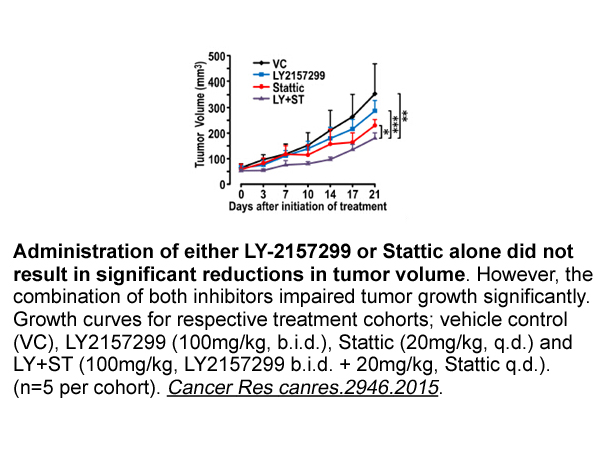
Actin at presynapses Conclusion Thanks to the recent discovery of rings, hotspots and trails, axonal LRRK2-IN-1 synthesis is back in the spotlight. These are exiting times for neuronal cell biologists armed with constantly improving labeling and imaging techniques to observe, quantify and pert
-
TDZD-8 australia Princen Panier specifically address the iss
2024-05-29
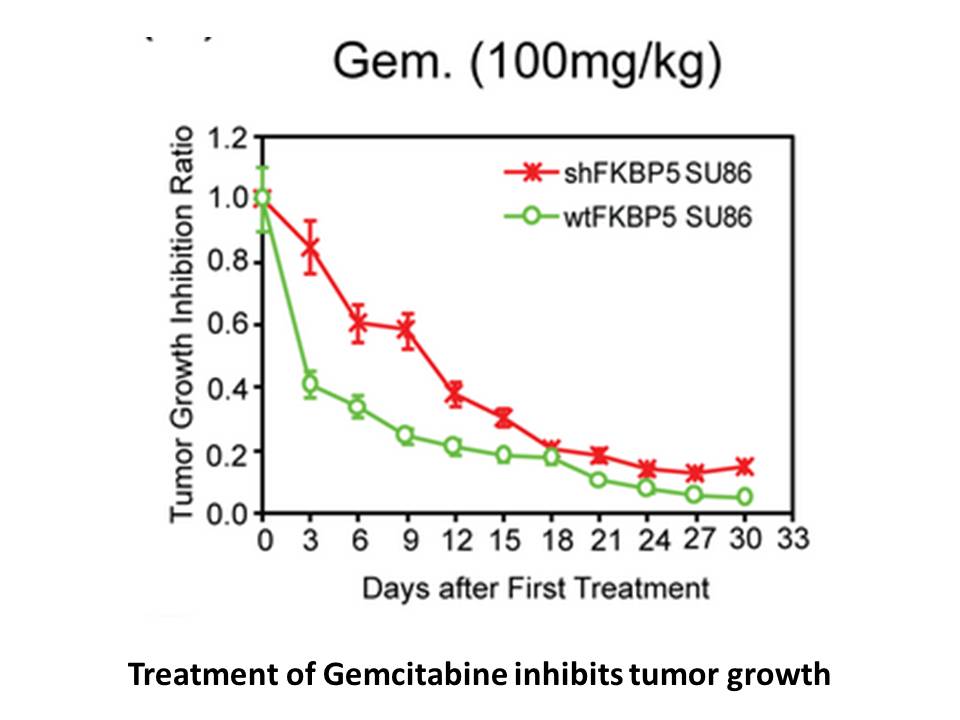
Princen, 2012, Panier, 2013 specifically address the issue of ACE using the commercial database AMADEUS. However, both studies focus only on corporate leverage and the ACE in Belgium. Due to the lack of a counterfactual, these authors consider firms in other European countries, e.g., France, as a co
-
It involves complementary and inflammatory system proteins m
2024-05-29
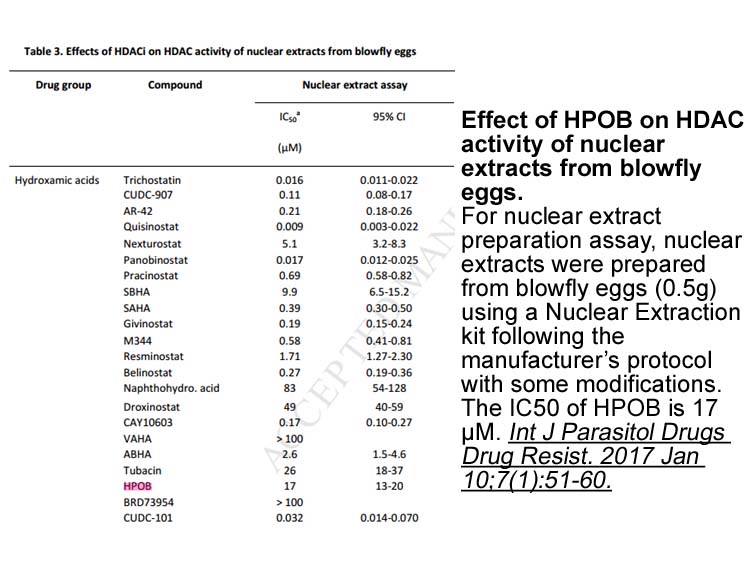
It involves complementary and inflammatory system proteins, mast cells, eosinophils, basophils, macrophages, natural killer (NK) cells and cytokines [1]. Innate immunity, not only include cells, but also barriers that defend the organism to the penetration of pathogenic agents [2]. Important mediat
-
In an effort to determine if one ARI was
2024-05-29
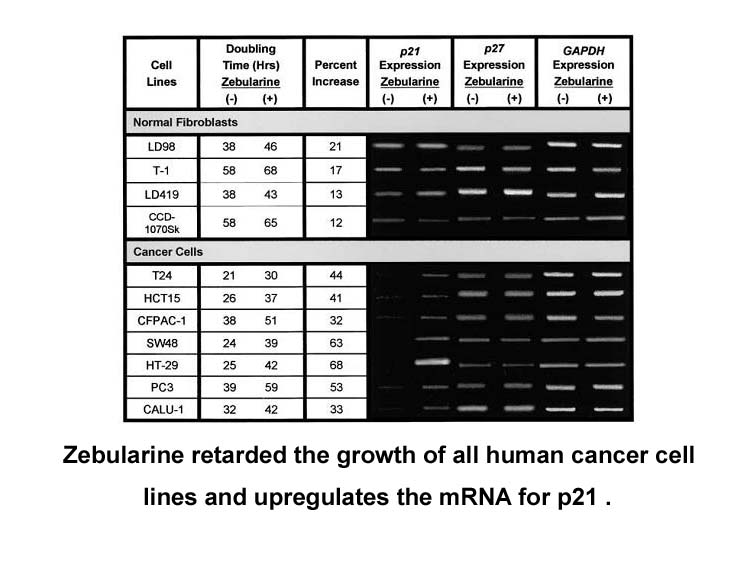
In an effort to determine if one 5ARI was more effective than the other, the Enlarged Prostate International Comparator Study (EPICS) [17] compared treatment with finasteride and dutasteride in 1630 men over the age of 50 and concluded that after one year of treatment, both groups had statistically
-
Finasteride was the first steroidal reductase inhibitor appr
2024-05-29
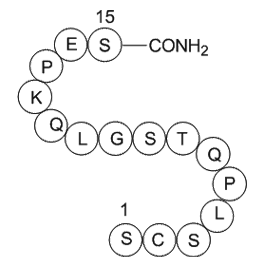
Finasteride (13) was the first steroidal 5α-reductase inhibitor approved by the US Food and Drug Administration (FDA) in 1992 for treatment of BPH. In fact, long term clinical studies with this drug demonstrated a sustained reduction of the prostatic specific antigen and an overall improvement in BH
-
Introduction Mitotic kinases play an essential role in
2024-05-29
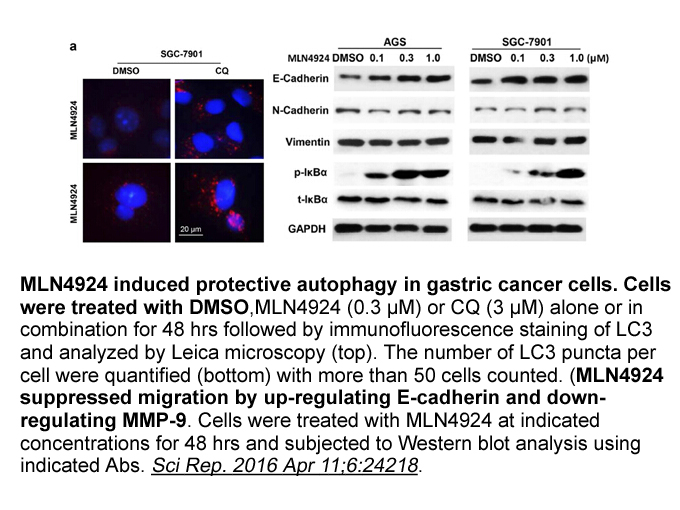
Introduction Mitotic kinases play an essential role in mitosis, Aurora and other mitotic kinases are often observed over-expression in human solid and many hematologic cancers. As one of serine/threonine kinases, Aurora kinase family is involved in centrosome maturation, mitotic spindle formation,
-
br Colorectal carcinoma The growth
2024-05-29
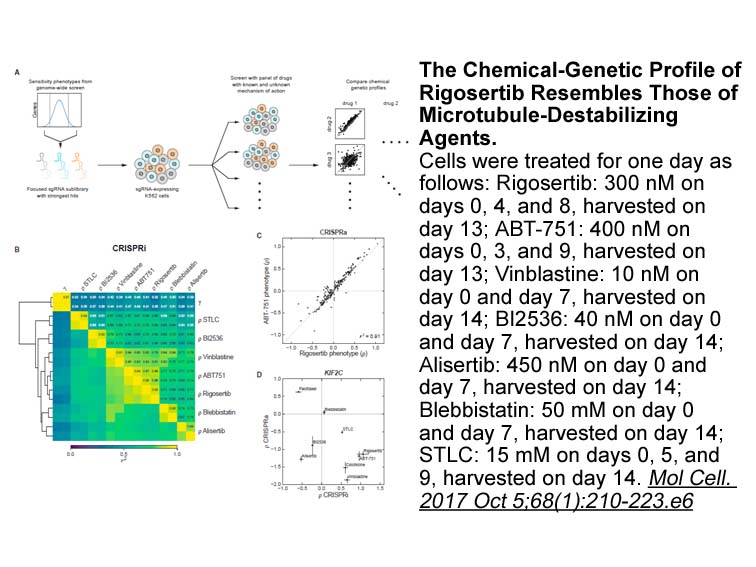
Colorectal carcinoma The growth rate of murine colon adenocarcinoma tumors decreased upon inhibition of 5-LOX, an enzyme that harbors counteracting properties to 15-LOX [28]. It is not clear whether 15-LOX was associated with this phenomenon, but its expression is induced in the colon carcinoma c
-
Although several different membrane estrogen receptors have
2024-05-29
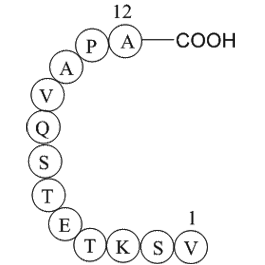
Although several different membrane estrogen receptors have been reported (Qiu et al., 2008; Revankar et al., 2005), a large percentage of membrane-initiated steroid hormone signaling appears to be performed by a subpopulation of the same receptors that act in the nucleus. Specifically, estrogen rec
-
Although the role of apelin
2024-05-29
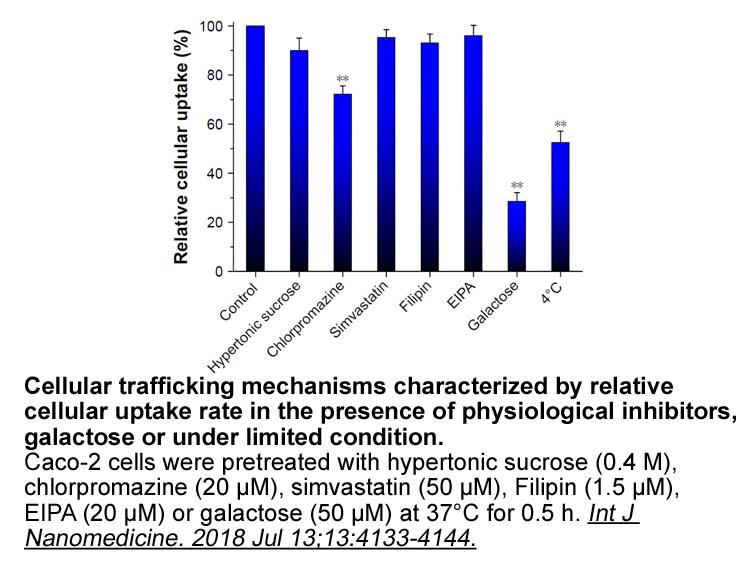
Although the role of apelin and APJ receptor in cardiovascular functions has been well-elucidated, little is known for the effect of the central apelinergic system on gastrointestinal (GI) functions. In mice, it has been found previously that central exogenous apelin-13 decreased gastric emptying (G
-
br Introduction Heart failure HF is a chronically progressiv
2024-05-29

Introduction Heart failure (HF) is a chronically progressive disease and one of the most important causes of morbidity and mortality worldwide despite recent improvements in its treatment [1], [2], [3]. The mortality and morbidity benefits of angiotensin converting enzyme inhibitor (ACEI) are wel
-
As patients with type diabetes are known to be hyperinsuline
2024-05-29
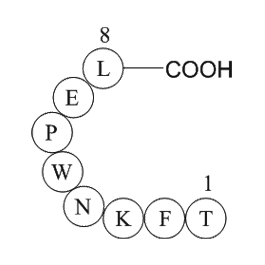
As patients with type 2 diabetes are known to be hyperinsulinemic per se, this relationship between insulin/IGF1 receptor and AR may point towards a causal role of insulin in AR upregulation. Indeed, this is supported by several previous observations. Beyond the already mentioned AR activation by in
-
The mechanism of transformation into
2024-05-28
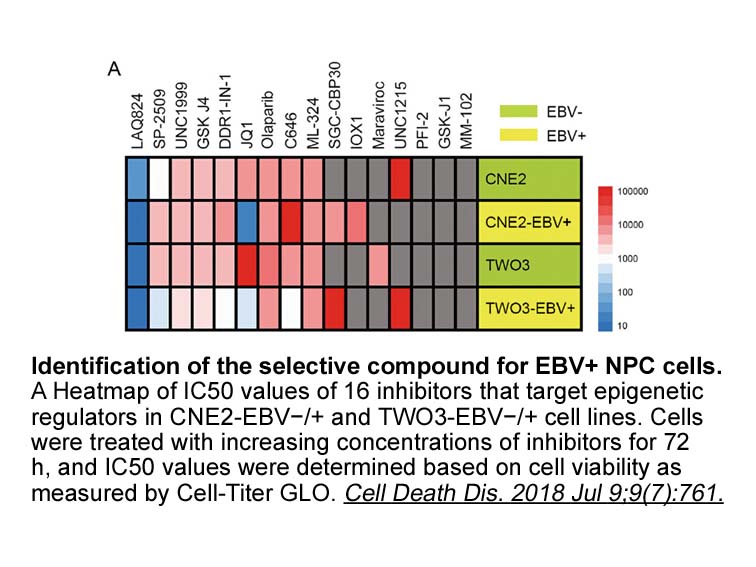
The mechanism of transformation into SCLC is unclear but the loss of retinoblastoma gene (RB) seems important and constitutes an initial event in the tumorigenic process. Some reports revealed the role of the RB gene loss in EGFR mutated NSCLC who transformed into SCLC [15]. In NGS we retrieved mut
-
Salvia the largest genus in the family
2024-05-28

Salvia, the largest genus in the family Lamiaceae, comprises over 900 species that are distributed globally [14], [15], [16]. The genus Salvia has been assessed in many studies because it is a rich source of polyphenol compounds, of which more than 160 have been isolated from plants in the genus, so
-
AhR is also known to
2024-05-28
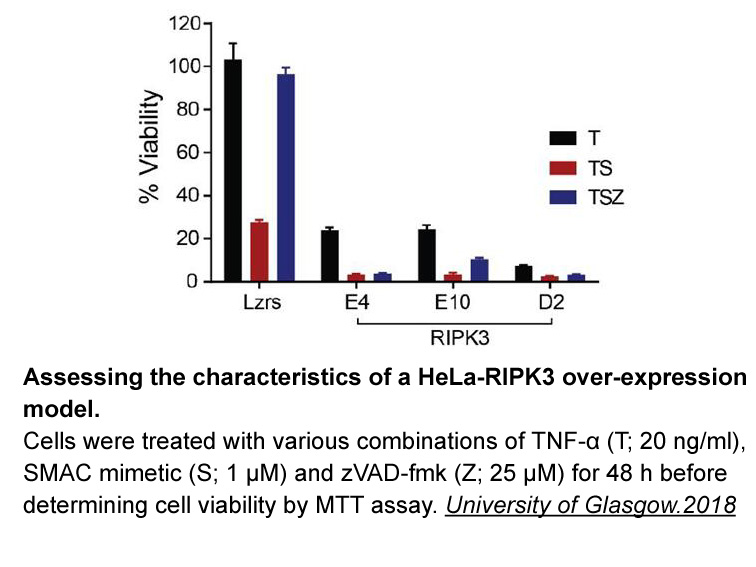
AhR is also known to “cross-talk” with a variety of other cell signaling pathways, which has been the focus of a number of recent reviews [40], [41], [42]. It has long been known that TCDD is anti-estrogenic. For example, activation of AhR by TCDD and related HAHs inhibits estrogen dependent uterus
-
Lipotoxicity is the accumulation of excess lipids in
2024-05-28
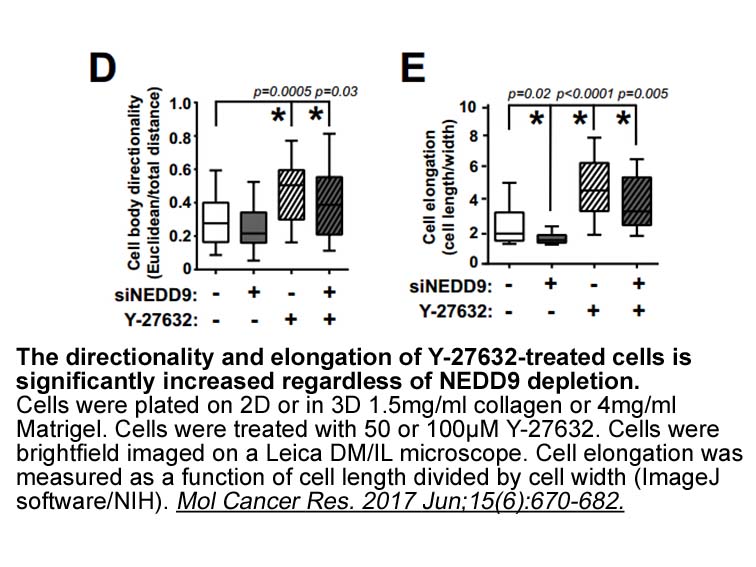
Lipotoxicity is the accumulation of excess lipids in non-adipose tissues that leads to cell dysfunction or cell death. It may play an important role in the pathogenesis of diabetes, and contributes to the rate of progression of CKD [7,8]. Emerging evidence indicates that renal lipid dysregulation is
15953 records 145/1064 page Previous Next First page 上5页 141142143144145 下5页 Last page